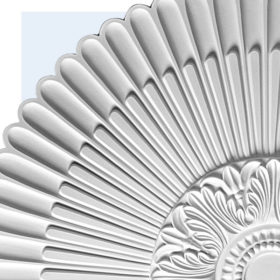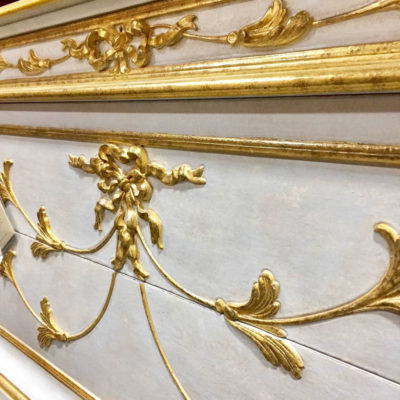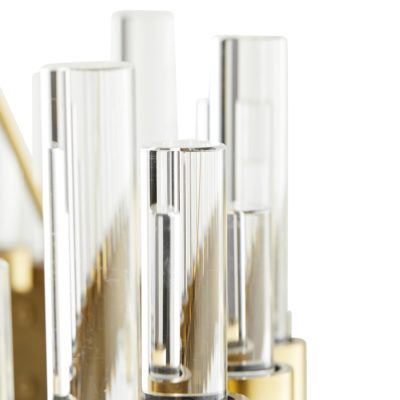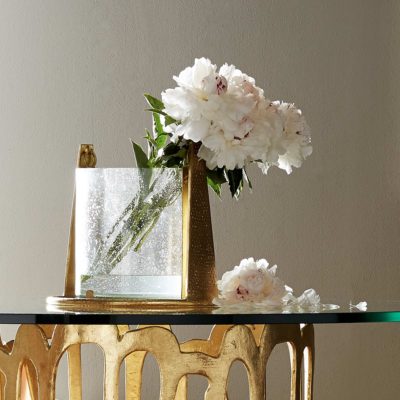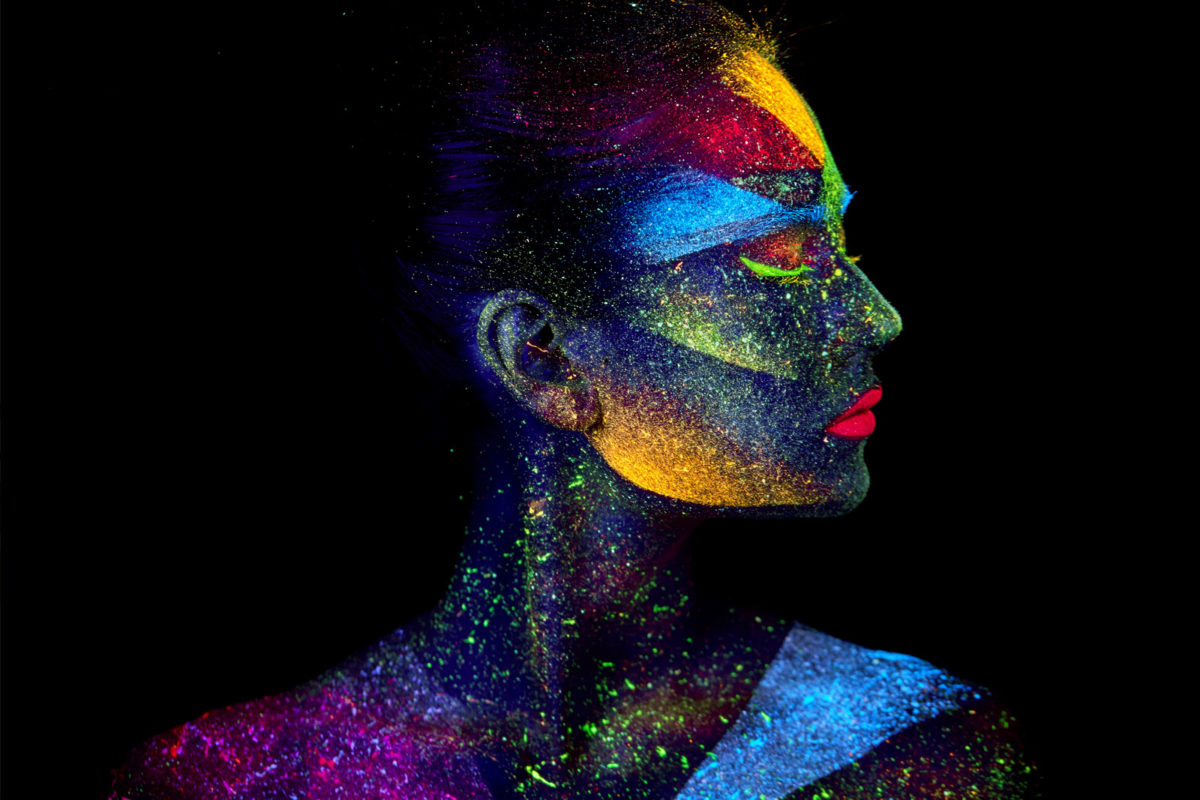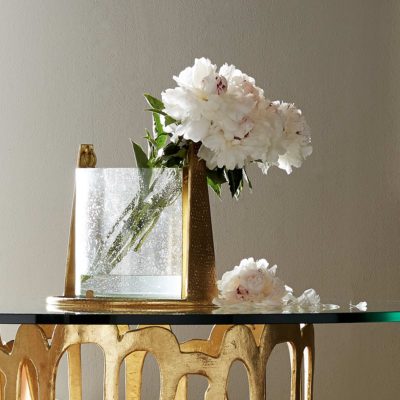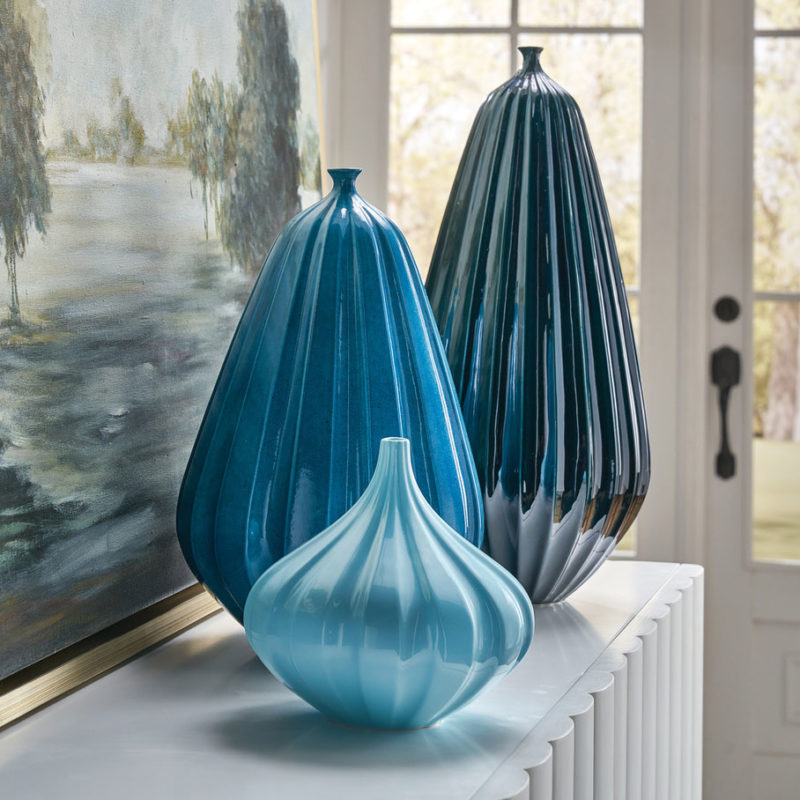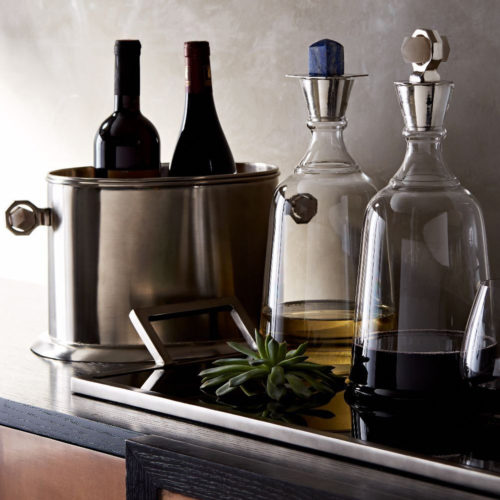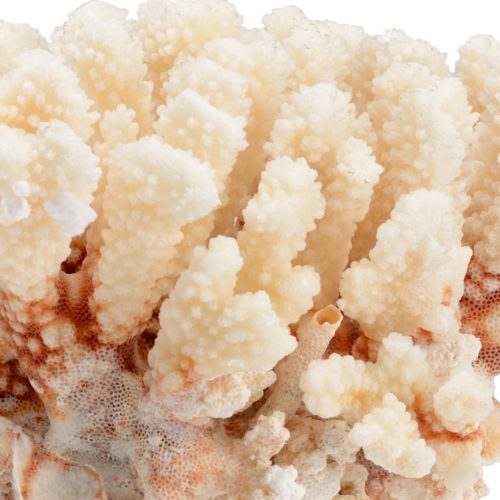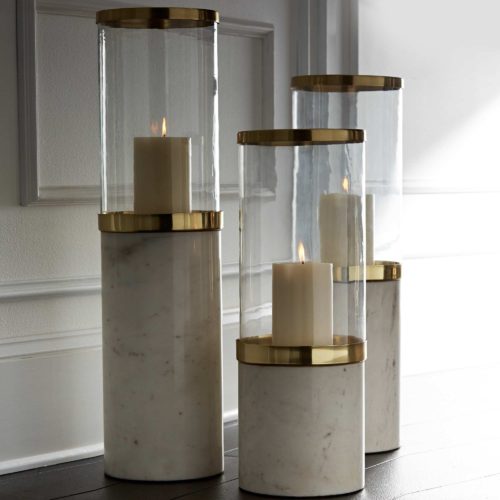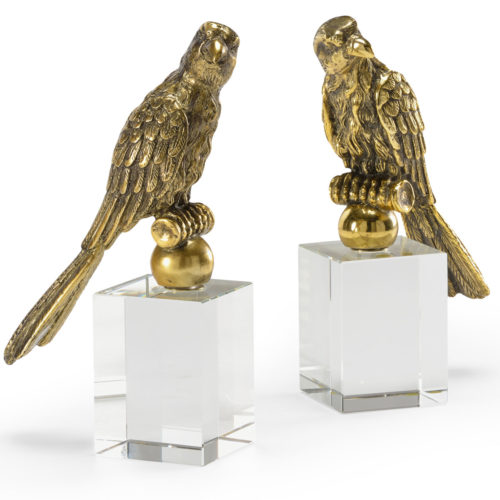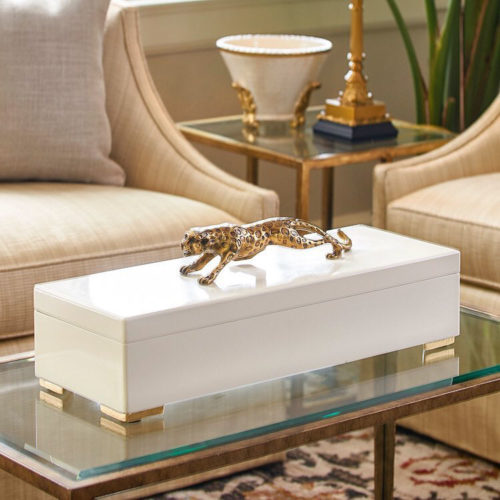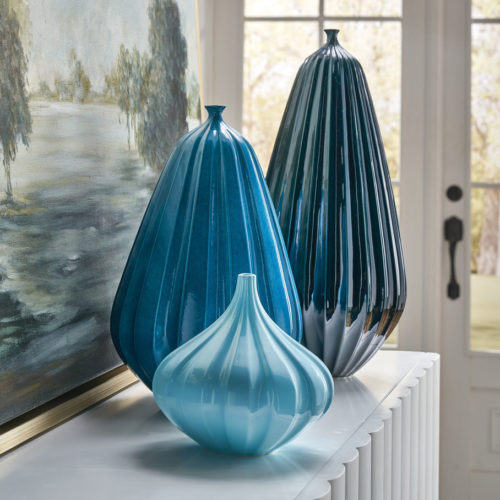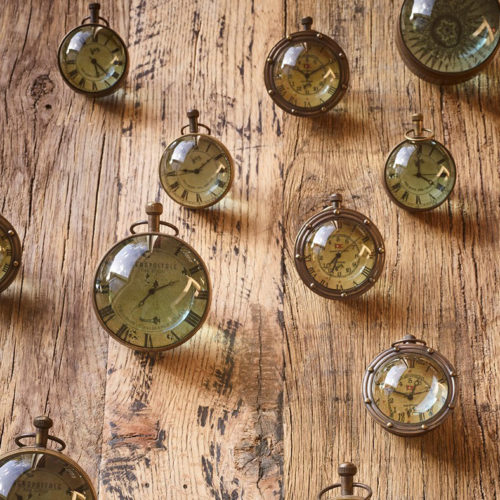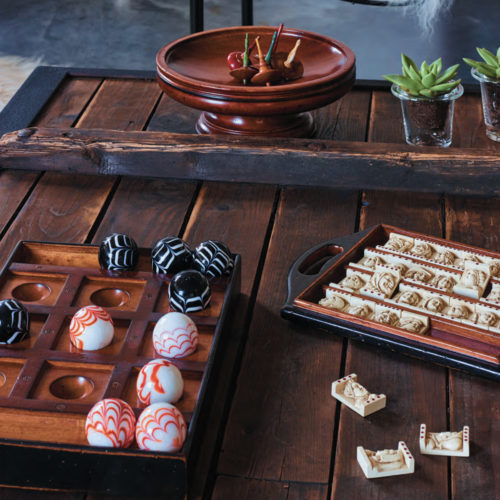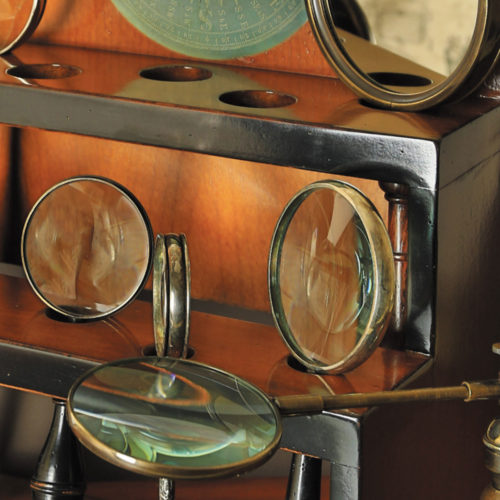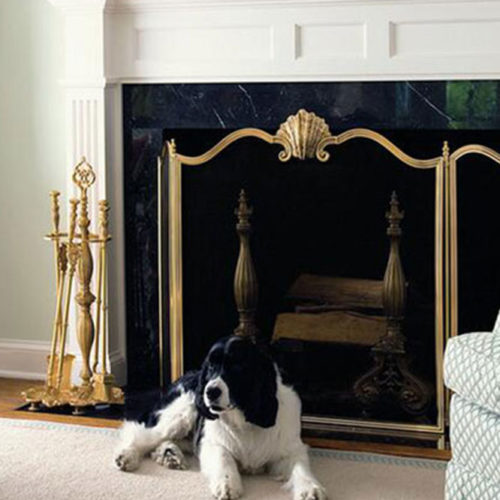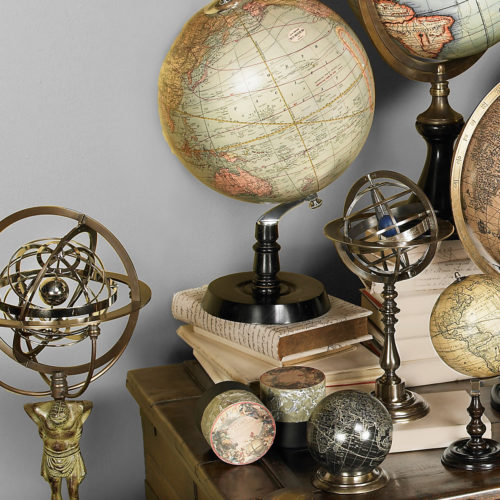decorating
Psychological and Physiological Effects of Colors
Understanding Color
The great 19th-century writer and critic John Ruskin said, “Color is the most sacred element in all visual things.” Designers agree that color is the most vital and expressive of the elements of design.
Of all the forms of non-verbal communication, color is the most instantaneous method of revealing messages and meanings. Color stimulates and works synergistically with all of the senses, symbolizes abstract concepts and thoughts, express fantasy or wish fulfillment, recalls another time or place and produces an aesthetic or emotional response.
Feelings and Reactions to Color
Emotional reactions associated with color are spontaneous. The response, often due to the perception of color rather than to the color itself, may be positive or negative. The following section discusses typical feelings and reactions that may be created by colors; however, remember that clients may react differently to the same color.
Effects of Colors
Color creates powerful psychological and physiological (or physical) effects. Psychological effects are sensed in mind; physiological effects actually cause a change in the body. It is important to note that people may react differently to the same color, based on their previous experiences or learned behavior. Research studies have shown that:
- Color affects an individual’s moods or feelings regarding a space. Light and cool colors seem to expand space: dark and warm colors seem to enclose space.
- Color affects the eye’s perception of weight and size. Dark and bright colors seem heavier than light and cool colors. However, it is interesting that the opposite effect is true in fashion design. Dark colors tend to slim the figure, whereas light colors are usually thought to make one look heavier.
- Color affects a person’s perception of temperature. Studies have indicated that body temperature actually fluctuates in response to various colors. For example, red, orange, and yellow can raise one’s temperature; cool colors have the opposite reaction.
- Color can cause feelings of boredom and calmness, or stimulation and liveliness. Colors may cause the nervous system to become agitated, and the body reacts in negative ways to this stimulus.
- Colors can affect one’s reaction to sounds, taste, odors, and time perception.
- Colors can improve the rate of recovery of sick patients
COLOR RED – Exuberant and Versatile
Warm Group – Primary Color
Psychological and Physiological Associations: Courage, passion, love, excitement, danger, martyrdom, anger, fife, strength.
Application of red color is conspicuous wherever it appears, and because it is lively and stimulating, it should be used with care. Red mixes well, and most rooms are enhanced by a touch of one of its tones. A variety of popular colors are derived from red when it is lightened, darkened, brightened, or dulled. For example, when red is darkened and muted, it becomes maroon, and when it is lightened, it becomes pink. Pink, a delicate and flattering color, is often enhanced by a stronger contrasting color and blends exceptionally well with grays, browns, greens, blues, and purples.
Red has the most power, heat, and activity of all colors. It has the energy and aggression of a chagrining bull. Red comes forward to greet you. In interior decorating use red as punctuation, an occasional exclamation point, but never as dominant color in a room. For example, in interior decorating use red for pillows, napkins, or fabric trim. If you love red use it in your wardrobe rather than in your rooms – red coats, suits, dresses, scarves, rain slickers, shoos, and mittens. If you like red, you will find ways to use it, whether for the engraving on your stationery or the interior of your car.
Keep in mind the appropriateness of color for your purpose. If you have a room with no view, red curtains draw your eye back into the room. Too much red in a room can have the obtrusive effect of a police siren. But touches of red can ad a cheer and energy that only red can achieve. Every room should have some touches of red – perhaps a red candles, paintings, red leather books, a bowl of red apples, a red picture frame or red tulips, Chinese screen with red accents. The accent of red is hot, alive, and stimulating.
COLOR PINK – Feminine and Flattering
As a background, whisper-pale warm pink can add a flattering glow yet remain a space-enhancing neutral.
Deep shades of coral or rose can embody a tropical atmosphere or turn formal against vivid gilt and dark wood details. Clear, blued hot pinks and fuchsia might invigorate a more modern setting, relieved with plenty of white. Pink color extrudes a relaxed charm that easily blends with other colors and harmonizes various patterns and textures.
Like red, pink color is enhanced by juxtapositions with complimentary greens, as demonstrated by vibrant leafy rose chintzes. Paired with blue, a pink may seem sweeter, as the overall effect is cooled down.
YELLOW – Luminous and Lighthearted
Warm Group – Primary Color
Psychological and Physiological Associations: Cowardice, deceit, sunlight, optimism, warmth, enlightenment, and communication
High-noon yellows are the most revealing and demanding and merit careful attention. Gray-yellows of early dawn are foils for more fragile colors-pinks, blues, and pale greens. Warm afternoon yellow is a foil for rich, warm woods. The burnished yellows of brass give a cast of copper gilt and bring to a room. Gold provides an elegant and luxurious touch, especially for accent or accessories. All yellows are reflective, take on tones of other colors, and add flattering highlights.
Yellow is sunshine. It is a happy, cheerful color. Unlike red, it is appropriate in large quantities in the interior decorating. Yellow is a welcoming hue, ideal for an entrance hall because it brings sunshine into the house where there are few windows. In a north room, yellow gives the illusion of direct sunlight. Yellow has a compassionate, energizing effect, warming the heart, opening the senses.
Many people associate yellow with gold. Use gold only for gold-leaf picture frames, brass objects, and jewelry. Lemon peel yellow with white trim and a more subtle yellow ceiling, however, can be a heavenly beginning for the decoration of a beautiful room. But not everybody shares a love for yellow.
It’s essential continuously to be in touch with how each color relates to your personality as well as your body chemistry.
Don’t let anyone talk you into living with a color that doesn’t make you feel comfortable.
COLOR ORANGE – Earthy and Energetic
Warm Group – Secondary Color
Psychological and Physiological Associations: Cheerfulness, stimulation, sunset, excitement. When lightened and muted, the peach tone may appear cool or refreshing.
Between red and yellow runs a useful range of warm orange tones, from blazing bright hues to sweet melon and peach tints to darker autumnal shades and rugged terra cottas. Like red, orange color has stimulating properties but is not as demanding.
Peach tones enhance human skin tones. Peach also serves as a cross between a warm and cool color, partly due to the association with the fruit.
COLOR ORANGE – Earthy and Energetic
Warm Group – Secondary Color
Psychological and Physiological Associations: cheerfulness, stimulation, sunset, excitement. When lightened and muted, the peach tone may appear cool or refreshing.
Between red and yellow runs a useful range of warm orange tones, from blazing bright hues to sweet melon and peach tints to darker autumnal shades and rugged terra cottas. Like red, orange color has stimulating properties but is not as demanding.
Peach tones enhance human skin tones. Peach also serves as a cross between a warm and cool color, partly due to the association with the fruit.
COLOR GREEN – Natural and Revitalizing
Cool Group – Secondary Color
Psychological and Physiological Associations: Nature, serenity, hope, envy, safety, peace, passivity, security
Fresh and friendly, green is nature’s color and is a good mixer, especially yellow-green and spruce or forest green. White brings out green’s best qualities. When grayed, warmed, or cooled, green makes an excellent background. When lightened, it is retiring and restful. Green is particularly pleasing in food areas. Deep dark green is a favorite color for floor coverings.
Consider green a spiritual primary. It is essential to have something green in every space, even if only a potted ivy plant. Rooms yearn for green because it is a color of spring, freshness, new birth, renewal, and youth.
VIOLET – Regal and Individual
Warm Group – Primary Color
Psychological and Physiological Associations: Royalty, nobility, snobbery, power, drama, opulence, mystery, worship, dignity.
Naturally, a dark value, violet is a blend of blue and red. When pink is added, it becomes warm, and a touch of blue makes it cool. It combines well with both pink and a blue. A light value of violet produces lavender.
Other violet hues are plum, eggplant, and lilac. Often violet is used in small amounts as accents. It can be very dramatic or even disturbing when used on a large surface.

